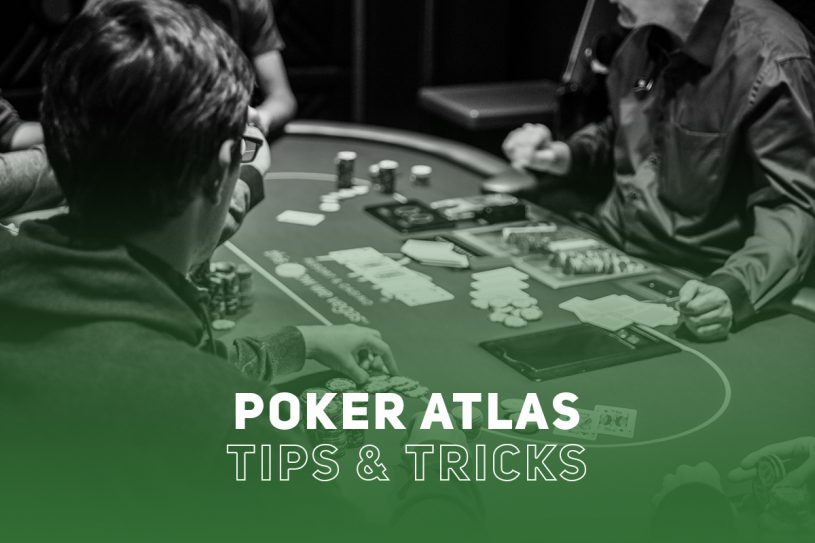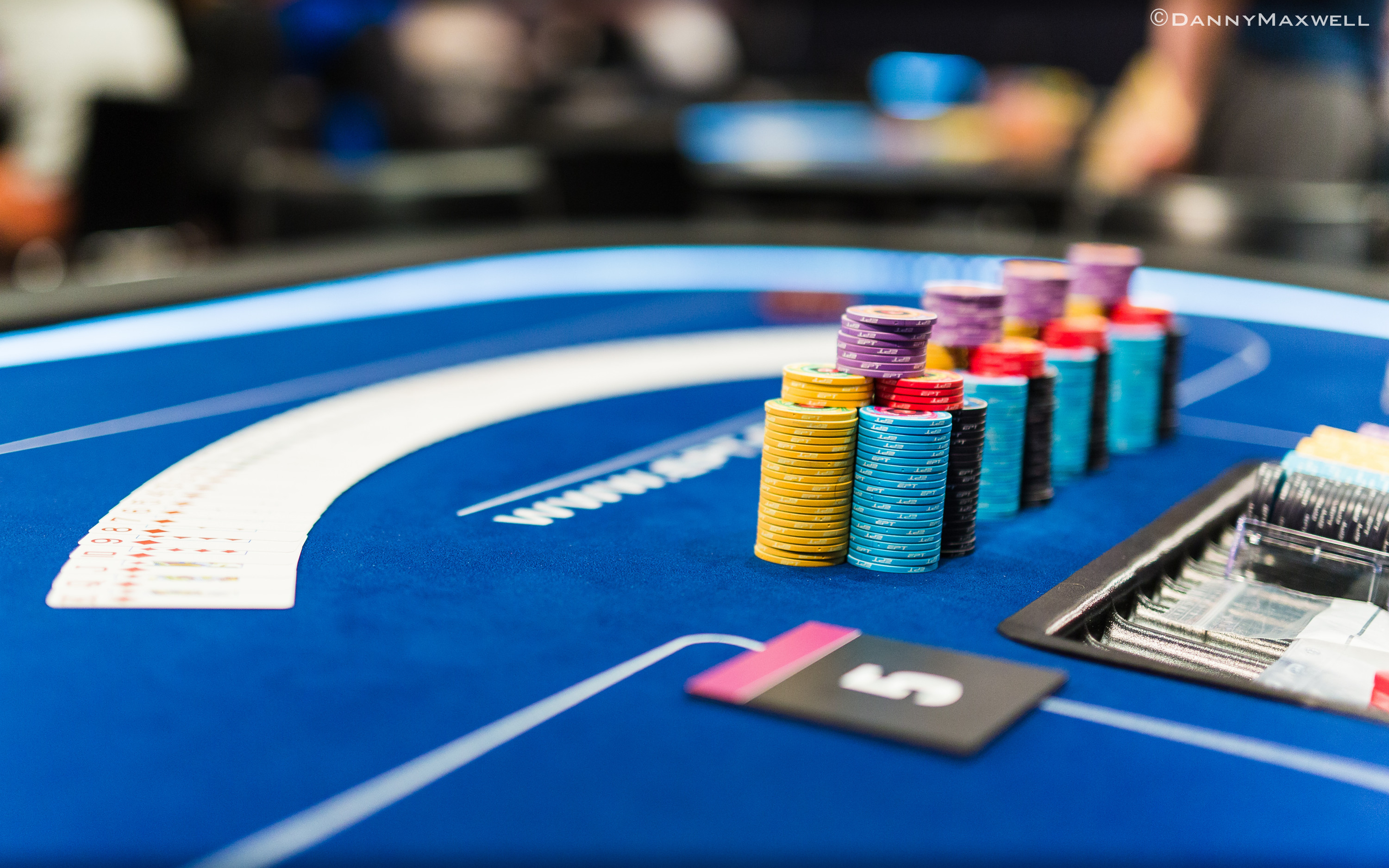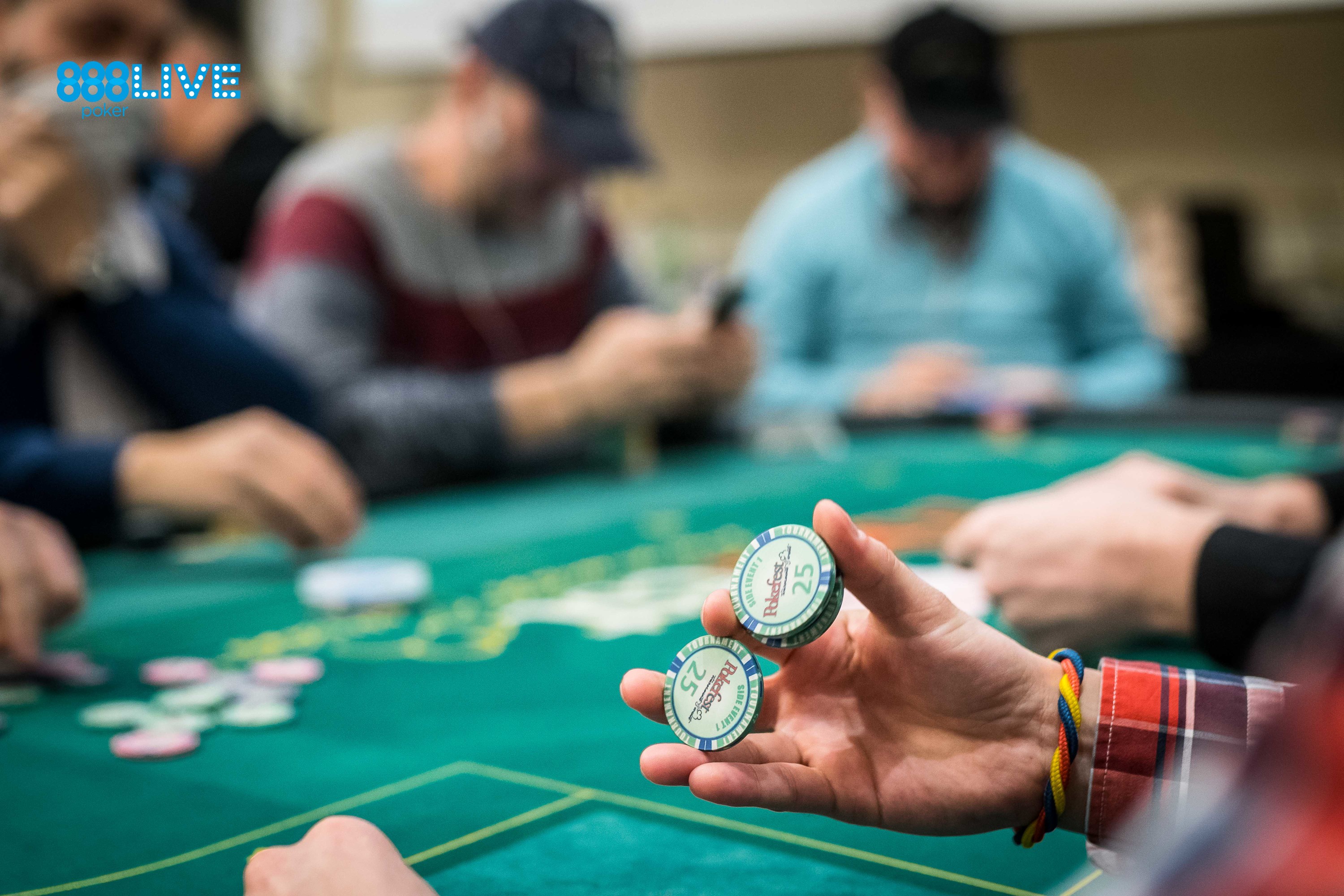Best Live Poker Tournament Strategy
- Best Live Poker Tournament Strategy For Beginners
- Best Live Poker Tournament Strategy Odds
- Best Live Poker Tournament Strategy Poker
- Best Live Poker Tournament Strategy 2019
- Best Live Poker Tournament Strategy
- Best Live Poker Tournament Strategy Game
Best Live Poker Tournament Strategy For Beginners
Whether you play $1/$2, $2/$5, or some other live poker stake – you are in the right place! This is a collection of my live poker strategy articles & videos to help you improve your game and grow your chips stacks more often.
- Six-time Poker World Series winner Daniel Negreanu has spent decades honing his poker strategy, which includes everything from value bets to how to avoid tilt and proper bankroll management. Advance your poker game from Daniel Negreanu’s MasterClass and make every hand your best hand.
- The highest rate you can expect to win at by following a mindless strategy, you will break even or lose money after paying the rake. For example, if you normally play $65 live tournaments, and $15 of the buy-in goes to the rake, which is fairly standard in most casinos, a 15% return on your $50 investment means that you will win $7.50.
We've covered some of the broader concepts affecting multi-table poker tournament strategy so far, including how tournaments differ from cash games, the importance of stack sizes in tournaments, and how the objectives of chip accumulation and survival work alongside each other in tournaments.
From here let's begin to talk more specifically about tournament strategy as it changes from the first levels all of the way through to the final table — that is, how your approach should evolve and adapt as you move through the different 'stages' of a tournament.
It's a big mistake to play a no-limit hold'em tournament the same way you might play a cash game. It's a similarly big mistake to play the early levels of a tournament the same way you'd play the middle or later stages, and vice-versa.
Priorities change as you proceed from the start of a tournament to the middle stages to the pre-bubble and bubble periods. Once the bubble bursts and the play for real money begins, they change again. Then the final table introduces its own special considerations — including what are usually significant changes in payouts coming with each elimination — that should further affect your strategy.
Today we'll focus on the early levels of a multi-table tournament, by which we're referring to just the first two or three. In most MTTs, these are the levels when there are blinds but no antes, and when stacks start out relatively deep in terms of how many big blinds they represent.

We'll organize the discussion under a few different headings, the first having to do with a common misconception about the initial levels of a tournament.
1. Early Levels Matter!
A number of players — including some who are very successful in tournaments — maintain the early, pre-ante levels of most tournaments simply don't matter. That's one reason why some players will skip the early levels altogether, sitting down at some point after the tournament begins but before late registration closes.
Starting the tournament on time can have a lot benefits, though. And those first levels absolutely do matter, no matter how deep the starting stacks might be. Weaker players will reveal themselves from the very beginning, becoming worthwhile targets for chip accumulation. Such players in fact tend not to last into the middle stages, meaning those who come late won't have a chance at their chips.
As such less skilled players sometimes demonstrate — e.g., by getting too attached to a middle pocket pair or some other medium-strength hand and busting — you can't win the tournament during the first few levels, but you can certainly lose it.
There are a few so-called 'standard' poker tournament moves you'll probably want to avoid during the early levels, among them preflop moves like three- and four-betting lightly or blind stealing. That doesn't mean you can't occasionally go for a blind steal, if only to shape your image going forward, though the chips you win or lose won't really be that significant as they'll represent such a small percentage of the stacks.
There's a lot else that's meaningful about the pre-ante levels, though, which can make them matter as you try to get your tournament off to a good start.
2. Dealing with Deep Stacks


Tournament structures differ widely, but in many cases the pre-ante levels will feature players sitting behind stacks that are uniquely deep compared to all other, later stages. In a lot of MTTs, the average stack will drop down to 50 big blinds or less (sometimes considerably less) by the middle stages, but during Levels 1-3 the stacks can be 100, 200, even 250 BBs deep.
A very common mistake made by inexperienced players (and even by experienced ones sometimes) is to 'go crazy' with their preflop betting during these early levels when there's no need to do so. With pocket aces and almost always with pocket kings you're obviously glad to build pots before the flop, but even with and you needn't be in such a hurry to play for your tournament life after a preflop raising war in Levels 1-3.
Even if you aren't getting all in before the flop with such hands, you can put yourself in awkward spots by bloating the pot beforehand and suddenly being 'committed' to going all the way on the flop, turn, or river. Flopping top pair, top kicker with is nice, but you shouldn't be eager to pile in a hundred big blinds behind such a hand — after all, someone willing to play that high versus you in such a spot probably has better!
Put Your New Knowledge to the Test For Free!Head over to the WSOP Social Poker, create your free account and put the knowledge you've learned in this article to the test with no financial risk.
WSOP Social Poker is perfect for practising new strategies without having to risk a single cent of your money. Why not try it out today?
Play Now3. Tight Is (Mostly) Right, However...
Avoiding the urge to 'go crazy' doesn't mean being 'sane' to such an extreme that you fold your way through these early levels. Many successful tournament players subscribe to remaining 'snug as a bug in a rug' before the antes arrive, only very rarely getting involved. But you can be active during the initial levels, and reap benefits as a result.
One benefit of getting involved early is the way it gets you acclimated to both the physical and mental exercise that comes with playing each hand — and for relatively low stakes, too. Especially for newer or less experienced players, there's a lot to be said for simply getting your 'poker brain' working early, and even getting comfortable handling chips and cards again for those who aren't everyday players.
Getting involved early additionally helps you start gathering reads on opponents, as we always tend to pick up more about others when engaged in hands against them. You can accumulate chips during these levels, too, positioning yourself well with added ammunition once the antes do kick in and you begin your blind stealing ways.
Keep an eye out for the tight ones during the pre-ante levels. Often if you've taken the preflop initative against them and continuation bet after the flop, you'll earn some chips as they'll be unwilling to proceed without making hands. Be wary, of course, if they get 'sticky,' as such 'fit-or-fold' players aren't going deep postflop without being strong.
4. Trapping, and Not Getting Trapped
A great mindset to carry through these opening levels is to lean toward being tight and selective with the hands you play, but also keeping an eye out for situations to 'trap' players by playing speculative hands with potential to win big pots off those playing only the topmost part of their tight ranges.
Suited connectors and one-gappers can be great hands to play, and even when unsuited can be called with if you have position. Small pocket pairs also are generally worth trying to see flops with cheaply during the early levels. With all of these starters, you're looking to make especially strong hands like sets, straights, and flushes and hopefully get a lot of value from unsuspecting opponents who'll pay you off with their one-pair hands.
These hands work well because your 'implied pot odds' are often quite good during the early levels. Having such deep stacks makes it much more potentially profitable to call a raise from the blinds with (say) a hand like , because you and your opponent often will have 20, 30, even 50 times the size of the pot when the flop arrives.
By same token, don't be the one getting trapped early in a tournament! Be wary of weak aces — really anything from on down — and other 'trouble' hands like , , , and the like. Be careful with any hand with which you make top pair but face significant-seeming pressure from an opponent postflop. The smart ones — like you — are lying in wait, trying to trap you into committing significant chips when they have the best of it.
5. Profiling Opponents
Finally, one other important reason why the initial, pre-ante levels indeed 'matter' is the fact that even if the pots are relatively small, the amount of information you can potentially pick up about your opponents can be huge.
In a lot of cases, you'll be playing more hands with the players with whom you are seated to at the start than during any other stage of a tournament, save perhaps at a final table. Spend these first few levels getting an idea who are the aggressive players, who are the passive ones, and also who seems tight and who seems loose.
Remember even loose players will often be tighter during early levels, so don't mislead by false first impressions. But do pay close attention to showdown hands and make a note of who is playing what hands from what positions, as well as their tendencies toward aggression or passivity preflop and postflop. Try as well to remain aware of what kind of impression you might be making by your play during the pre-ante stage, and consider ways you might exploit that image to your advantage later on.
You should also bear in mind that you can play against your friends at WSOP Social Poker, meaning you will likely know how they play the game, but they could also try to mix things up by playing in a style that is completely different to how you usually perceive them, which adds to the fun!
Conclusion
Whether playing online poker or live, don't overlook the early levels of a multi-table tournament as meaningless. Nor should you think of the pre-ante period as only presenting opportunities to hurt your chances of going deeper and not help your cause.
It's true you can't win the tournament during the opening levels. But you can still start your tourney journey a winning way, putting yourself on a path to increase your chances of carrying it much further.
Also in this series...
This article was originally published on Aug. 2018, 2016. Last update: June. 10, 2019.
Tags
tournament strategydeep-stacked strategymulti-table tournamentsno-limit hold’emstarting hand selectionpocket pairssuited connectorsdrawing hands
Unfortunately, a complete poker tournament strategy cannot realistically be broken down into just ten steps, simply because so much information goes into a complete tournament strategy. However, that doesn't mean that a top ten list can't be useful - in fact, the reality is quite the opposite.
This top ten list can be digested in a few minutes, and will transform amateur tournament players into educated players who will have a much better shot at winning a big tournament score.
Ok, enough fluff - let's get right into our top ten tips for No Limit Hold'em tournament players:
Tournament Tip #1 - Play Tight in the Early Stages
The small blinds in the early stages of poker tournaments tempt many players to play a loose game. Don’t let yourself fall into the same trap. The early stage of a poker tournament is full of loose players. All you have to do is sit tight and wait for strong hands. Besides, you don’t want to waste your chips on marginal hands early in the tournament; you’ll be needing those chips later.
Tournament Tip #2 - Increase Your Aggression as the Blinds Increase
The higher the blinds get, the more you need to steal them to stay alive. Unless you are lucky enough to win a few giant pots, you’ll spend most of your time in a tournament short stacked and worried about the next blind increase. The bigger the blinds go, the more you need to steal them.
As the bubble approaches, you should increase your aggression even more to take advantage of the players just trying to sneak in to the money. Right before the money, you’ll notice many players tighten up. They are just trying to survive long enough to make it to the money. These players represent a perfect opportunity for you to steal the blinds and pad your stack.
Tournament Tip #3 - Keep a Healthy Tournament Bankroll
If you want to minimize the chances of you ever going broke, a tournament bankroll of at least 50 buy ins is recommended. This means that if you have a $1,000 bankroll, the most expensive tournaments you should play in are $20. Tournament players have to have a huge bankroll because big wins don’t come often. The large bankroll gives you enough breathing room to survive those long draughts between wins.
Tournament Tip #4 - Drawing Hands Have Less Value
As a tournament wears on, the players will have increasingly small stacks in comparison to the blinds. Small drawing hands like suited connectors and small pairs lose value because your average opponent is so short stacked. If you spend a lot of money prospecting with such hands, you won’t get paid off with large enough pots to cover the expenses.
Tournament Tip #5 - It Requires a Stronger Hand to Call than to Go All-In
Best Live Poker Tournament Strategy Odds
David Sklansky calls this the “Gap Concept.” The idea is that you don’t have to have as strong a hand to push all-in as you do to make a big call. When you push all-in, you have the advantage of aggression and therefore have two ways to win the pot: by having the best hand or by making your opponent fold. When you call, you can only win the pot if you have the best hand at the showdown.
Remember this tip when it gets down towards the end of a tournament and the pressure is high on everyone to collect chips. You’ll do better if you collect chips by pushing all-in rather than by making big all-in calls.
Tournament Tip #6 - Steal From the Middle-Stacks
You’ll have better luck by stealing from the players with average sized stacks than by stealing from large stacks or small stacks. The players with large stacks aren’t afraid to make those calls because they have the chips to lose. The short stacked players will call your steals out of desperation.
Best Live Poker Tournament Strategy Poker
The players with medium stacks aren’t yet desperate enough to make wild calls but they don’t have enough chips to make loose calls. These players are the most likely to fold to your steals. Attack these players as often as you can get away with it.
Tournament Tip #7 - Improve Your End Game Skills by Playing Sit N Gos
Players who play multi-table tournaments have a tough time getting practice in end-game scenarios like the final table and heads up play. Sit N Go tournaments (SNGs) are the perfect place to practice your skills. You’ll start out in a situation similar to the final table and then get the opportunity to play in shorthanded situations as the players knock each other out. You might even win a little money while you’re at it.
Tournament Tip #8 - Take Notes
Always pay attention to your opponents and take notes. Not only will you learn useful things about their tendencies, but you’ll also keep your head in the game. Plus, you would be surprised at how often you see the same players in different tournaments. Those notes will come in handy time and again.
Tournament Tip #9 - Think About Position
Best Live Poker Tournament Strategy 2019
Position is vital in poker tournaments because it represent a major knowledge advantage. When you act in late position, you get to see what your opponents do before you act. You can get away with playing weaker hands in late position thanks to that advantage. In early position, you need all the help you can get so you should stick with cards that are inherently strong.
Tournament Tip #10 - Play to Win
Best Live Poker Tournament Strategy
Your tournament results will vastly improve if you play to win rather than to make it to the money. For example, if you build up a decent chip stack early, don’t squander it by sitting tight and waiting for the bubble to break. Keep the pressure up and keep on building your stack.
The payouts for tournaments are heavily skewed to favor the players who reach the final table. If you play just to make it to the money, you’ll cash more often but for small amounts. If you play for the 1st place finish, you will be knocked out more often but the occasional massive score will more than make up for the times you go out early.